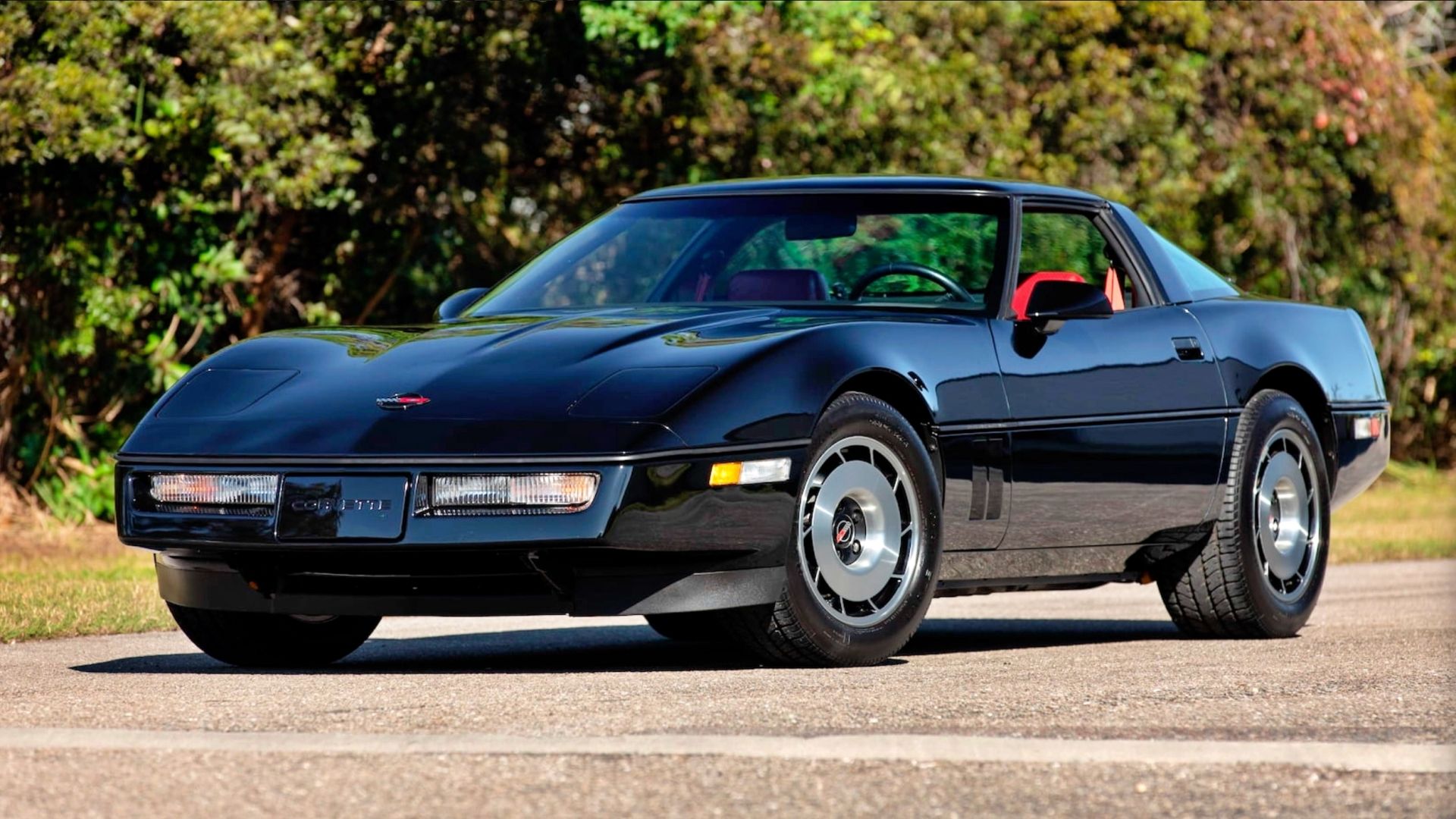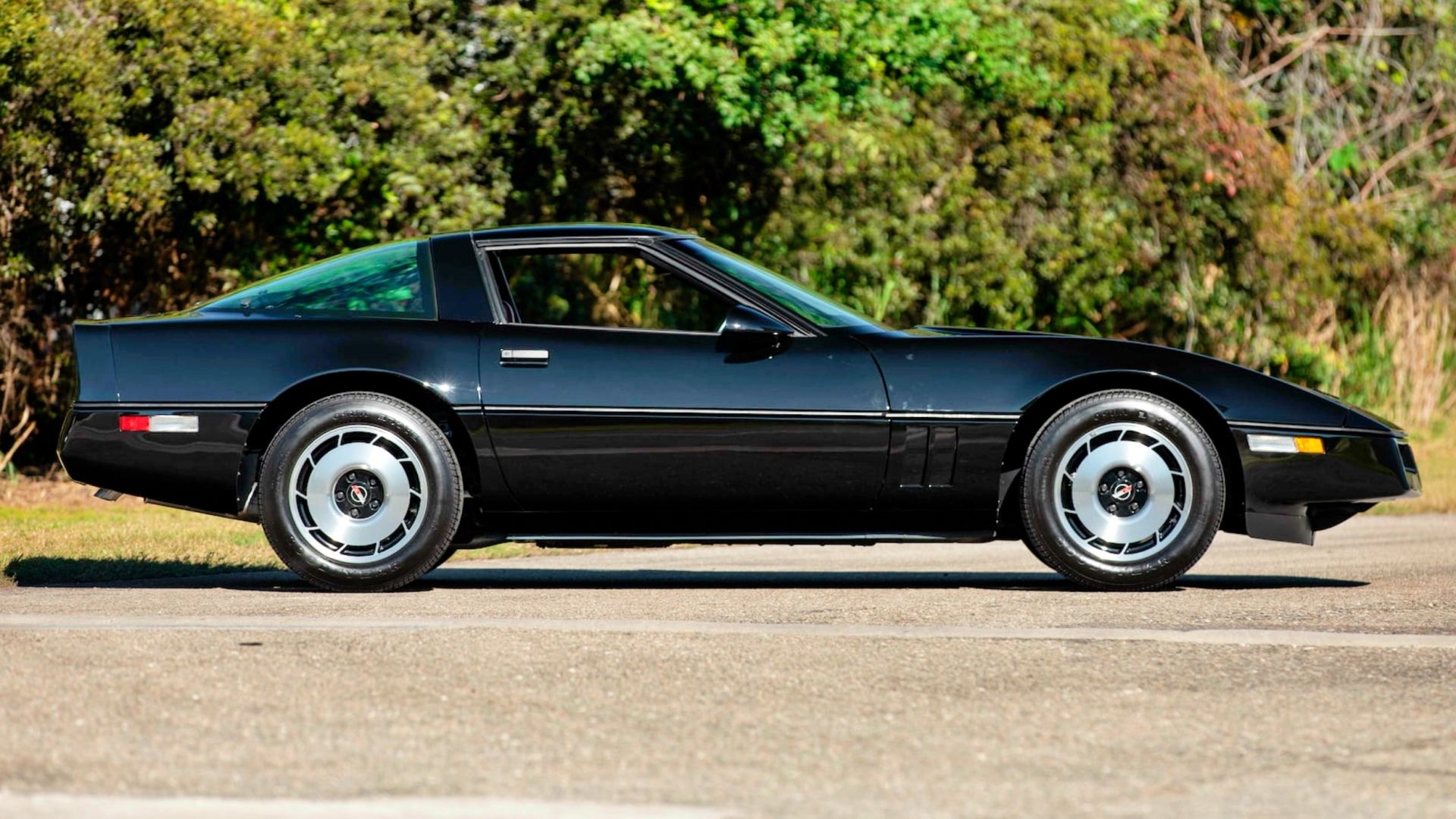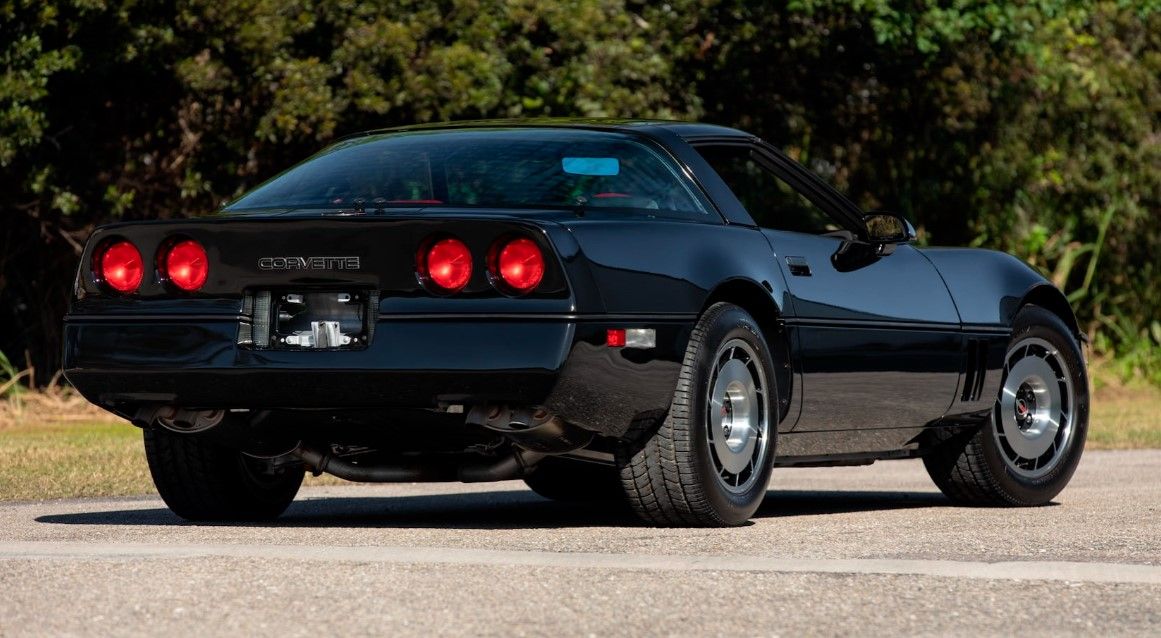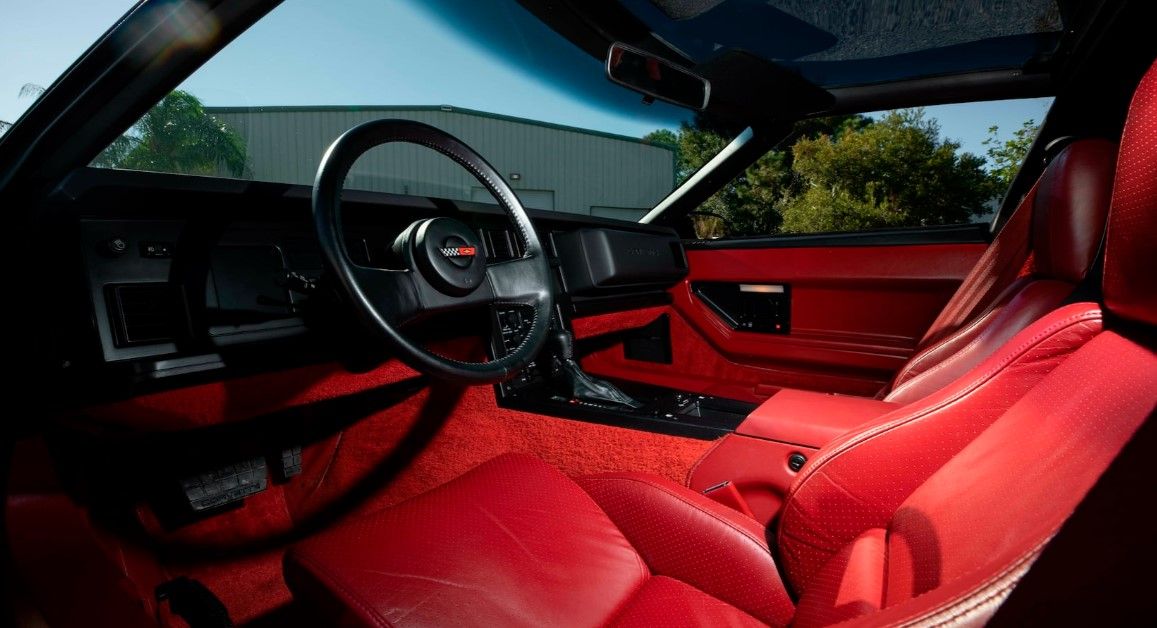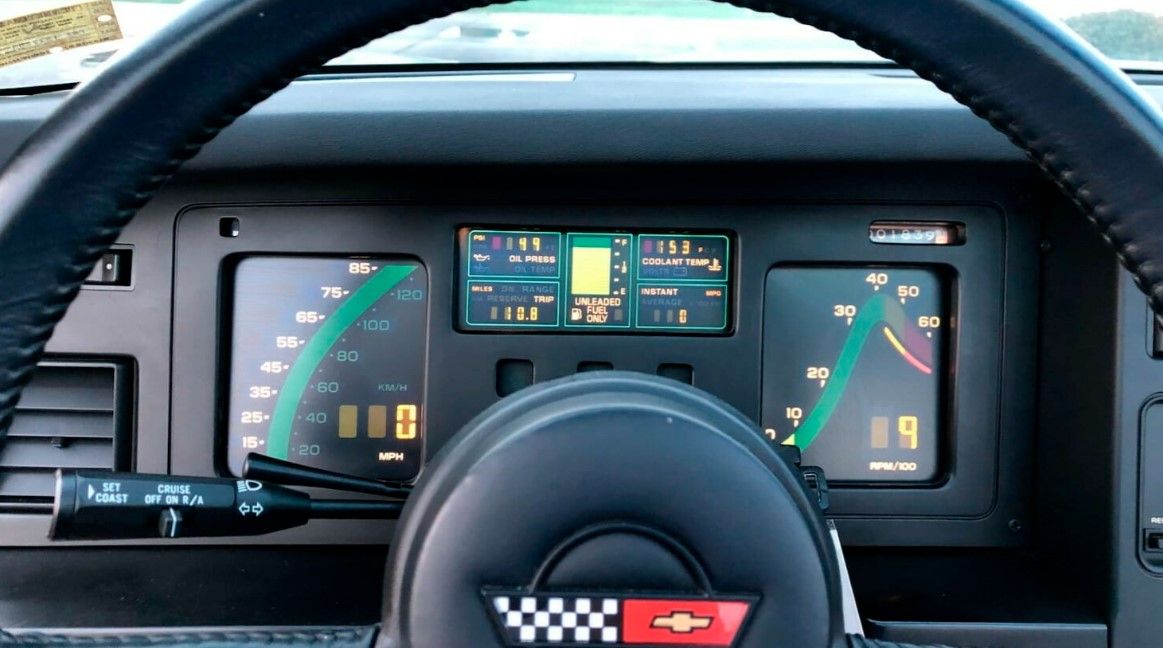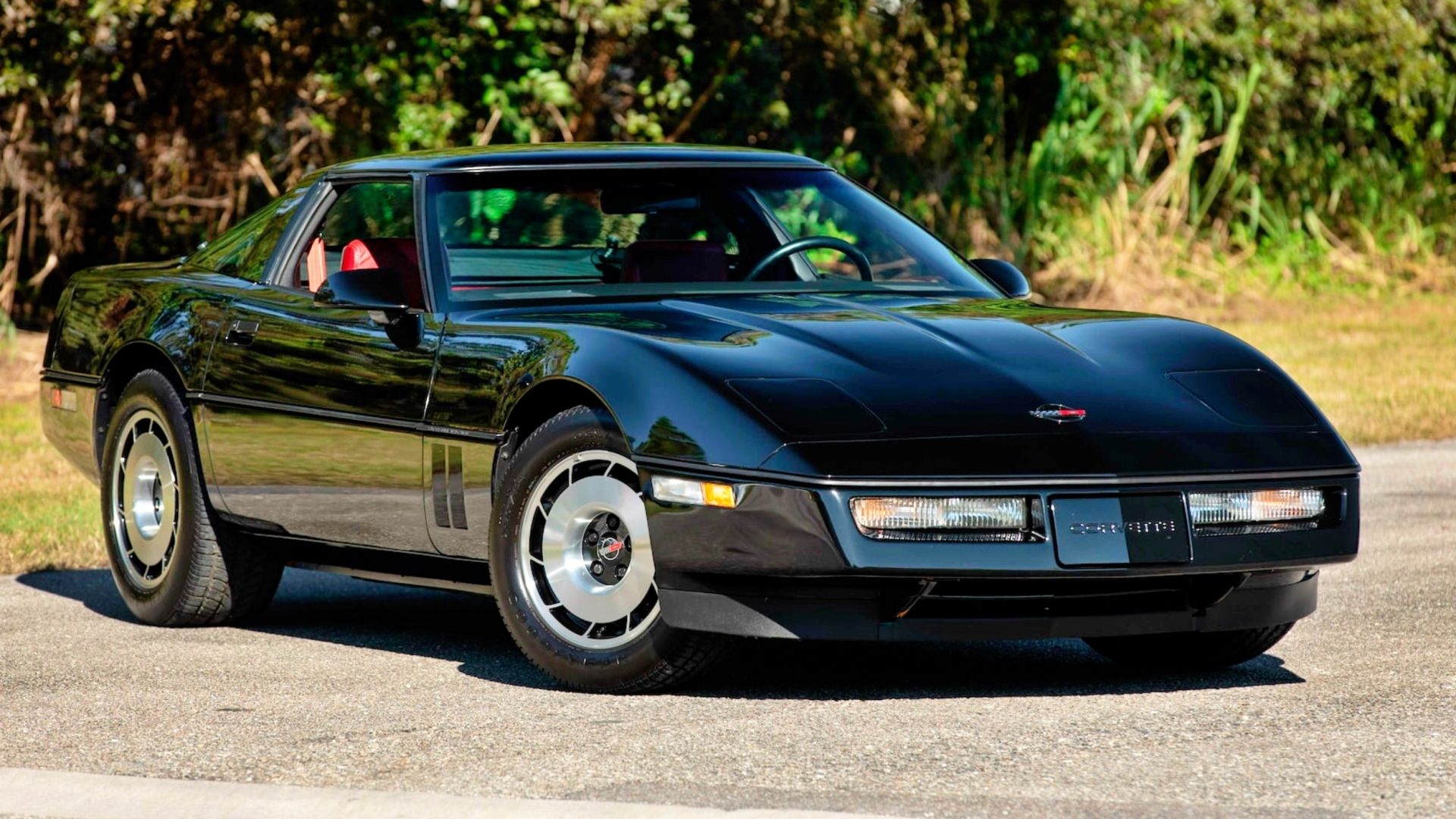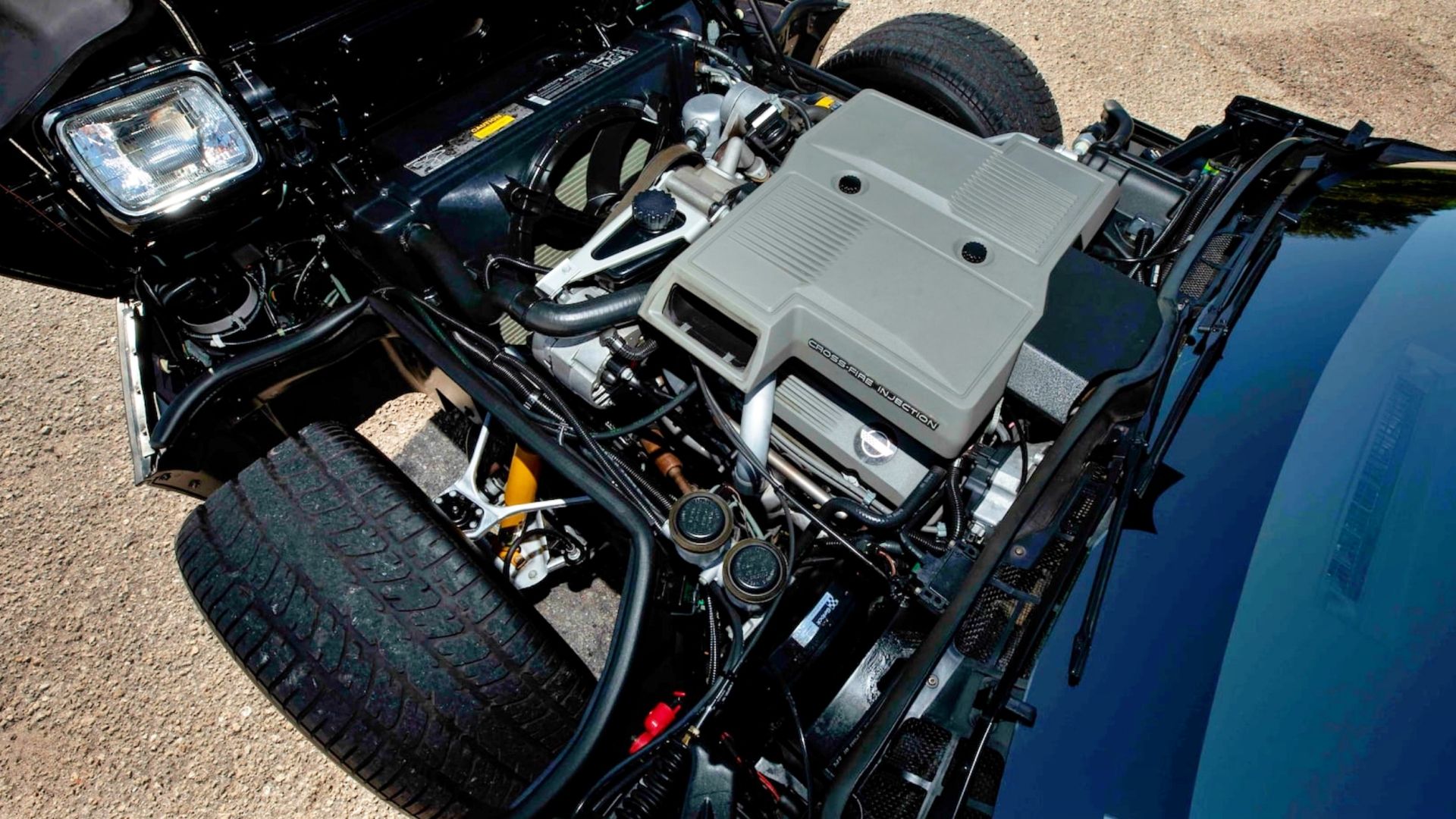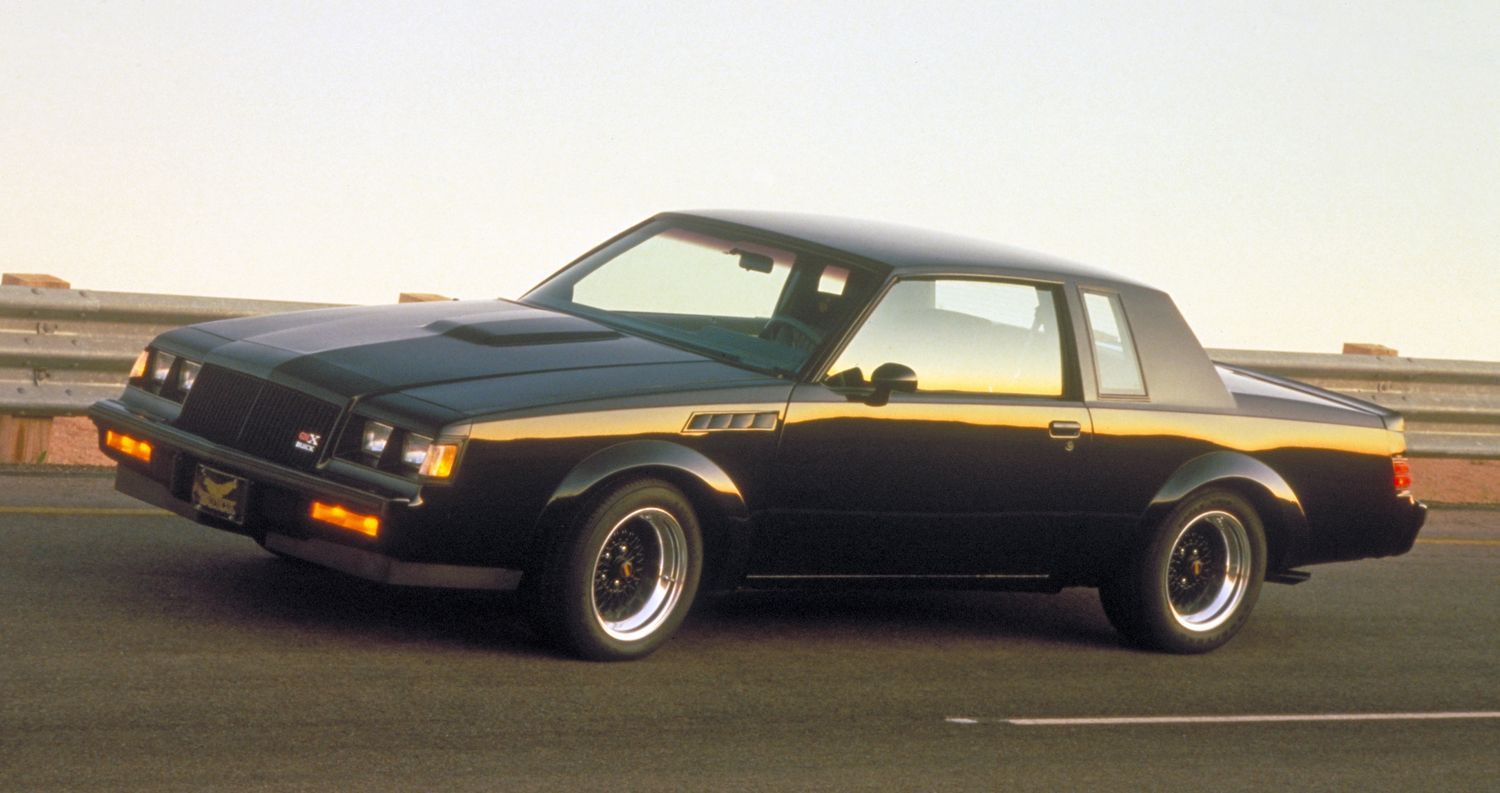Despite every obstacle imaginable, from a fuel crisis to heavy opposition from performance imports, Chevrolet’s Fourth Generation Corvette remains a popular choice for those looking for affordable performance. Running from 1984 to 1996 this generation would see some of the least powerful Corvette’s ever made and one of the most legendary (thanks to Lotus and Mercury Marine).
C4 would represent a complete redesign from the previous model and featured first-ever Corvette advances such as molded plastics instead of fiberglass panels and a glass hatchback. It’s a unique time in the Chevrolet Corvette's history as GM, who were still struggling with tightened emissions regulations realized the car couldn’t be made quick by increasing power, instead chose to focus on handling and chassis dynamics.
C4 Chevrolet Corvette
- Complete Redesign
- Lighter Weight
- Improved Handling
- Model: Chevrolet Corvette/ZR1
- Engine:: 5.7-liter L83/L98/LT1/LT4/LT5
- Power Output: 205hp to 405hp
- Torque: 290lb-ft to 385lb-ft
- Transmission: 4-speed automatic/6-speed manual
- Driveline: Rear-wheel drive
- MSRP: $21,800 to $58,995
- Powerful ZR1 offered later in the model run
- Convertible available
- Modern styling
- Underpowered L83 engine
- Difficult to get in and out
- Poor fuel economy on early cars
Chevrolet Corvette Performance And Capability
Earlier generation Corvettes have never been known for their precise handling compared to their European counterparts. Handling by some was described as numb and truck-like. But to overcome this as was common for the earlier American performance car segment, designers would just throw more horsepower at the car to make it more exciting to drive (albeit unsafe) for the owners.
Unfortunately, the C4 came along at a time when tightening emissions regulations and rising fuel prices made this unfeasible. So handling became a huge focus and some can argue that this was the turning point for Corvette ditching its reputation for poor handling and closing the gap between its foreign rivals.
Engineers lightened the car from the bottom up, with the use of a lightweight independent suspension. The C3s old coil springs were replaced with a transverse fiberglass mono-leaf spring which was only a third of the weight. This design created an anti-roll bar effect. C4 also gained all new brakes with aluminum calipers and new lighter wheels.
The Corvette saw five different 350-cubic inch V8s across this generation. Starting with the L83 5.7 brought over from the previous car, but this particular one was topped by the problematic Cross-Fire fuel injection system. This system came about due to tightening EPA and CAFÉ standards but ironically negatively affected fuel economy as it caused the engine to struggle above 4,000 rpm. This engine was only good for 205 horsepower and 290 pound-feet of torque.
This sent the Corvette from 0-to-60mph in 8.1 seconds while finishing the quarter mile at 15.9 seconds. The performance highlight of this generation and an engine that remains a legend to this day is the powerful LT5 that powered the ZR1 from 1990-1995. Co-developed with Lotus, this dual-overhead cam 32-valve V-8 produced 405 horsepower and 385 pound-feet of torque at its peak. This was enough to propel the ZR1 to 60mph in 4.4 seconds and the quarter mile in 12.7 seconds on its way to a top speed of more than 180mph.
In 1995, Chevrolet introduced the Grand Sport which offered more performance thanks to a modified LT1. It fell in the sweet spot between the base car and the ZR1. The C4 was available with four-speed automatic and six-speed manual transmissions along with the “Doug Nash” 4+3 transmission which was a four-speed manual with automatic overdrive. Fuel economy was decent as the Corvette saw a combined 18mpg.
Engine | Model Year | Power | Torque |
5.7-liter L83 V8 | 1984 | 205hp | 290lb-ft |
5.7-liter L98 V8 | 1985 to 1991 | 230hp to 250hp | 330lb-ft to 345lb-ft |
5.7-liter LT1 V8 | 1992 to 1996 | 300hp | 335lb-ft to 340lb-ft |
5.7-liter LT4 (Grand Sport) | 1995 to 1996 | 330hp | 340lb-ft |
5.7-liter LT5 (ZR1) | 1990 to 1995 | 375hp to 405hp | 370lb-ft to 385lb-ft |
Exterior Design
C4 saw a clean break from the outgoing C3. The car received a completely new chassis and featured more modern styling on par with European competitors such as Porsche, Ferrari, and Lotus. Ditched where the fiberglass panels make way for a sheet molded plastic compound. By contrast, the fourth generation Vette’s designed is understated compared to the C3’s Mako Shark II concept.
The car has less of an in-your-face feel, almost more conservative its sharper lines felt more forward-thinking and similar to Porsche’s 911 until the introduction of the heavy price-adjusted C8 in 2020. The C4 is unique because unlike its predecessors, it does not use separate body-on-frame construction, but instead used a uni-frame design which means that none of the exterior body panels are structural members.
Chevrolet moved on from the T-tops and went to a Targa top. The Targa top served as a structural member as it bolted into place and was made from fiberglass or optionally clear acrylic. The coupe came available with a glass hatchback for better storage access. And for the first time since 1957, the Corvette used single headlights instead of quad units. In 1986, a convertible model was offered for the first time in 11 years.
Wheelbase | 96.2 inches |
Length | 176.5 inches |
Width | 71.0 inches |
Height | Coupe 46.7 inches |
Convertible 46.4 inches | |
Curb Weight | 3239lbs |
Interior Quality And Technology
The interior of this generation of the Corvette can be described as an evolution. Seating is comfortable once inside, but getting in and out can be a struggle for taller individual. Due to the new chassis’ tall side rails to maintain rigidity, the door sills are very deep which basically requires passengers to fall in and climb out.
Anyone in the market should look for examples with the optional high-bolstered sport seats that include power backrest, lumbar and bolster adjustments. Although the car overall is two inches shorter than the previous model, it is wider which adds nearly seven inches of shoulder room which contributes to improved visibility and ergonomics.
Earlier cars received the digital instrument panel that feature multicolored liquid crystal bar graphs and other digital displays. The 1986 cars saw the introduction of the Pass Key I which was a passive anti-theft system.
Each key contained a special pellet that could be detected and identified by the cars' computer system. This is something that caused problems as these cars got older relegating them to paperweights if the system malfunctioned. It was also easy to get around once thieves discovered its weakness.
Model | Coupe | Convertible |
Headroom | 36.4 inches | 37.0 inches |
Shoulder Room | 53.9 inches | 53.9 inches |
Hip Room | 50.8 inches | 49.3 inches |
Leg Room | 42.0 inches | 42.0 inches |
C4 Corvette Price And Availability
There was a year-long delay due to various issues with quality control issues being one of them, so there actually was not a 1983 Corvette available. In all, Chevrolet sold a total of 51,547 C4s that first year for around $21,800. This was the highest number produced across this generation’s run. The convertible versions would come along two years after this generation’s debut and would go on to represent nearly half of Corvette’s production numbers.
Those looking for a ZR1 will have an easier time finding examples from 1990 and 1991 since there were just over 5,000 examples produced across both years. Less than two thousand ZR1s would be produced over the next four years until it was discontinued in 1995.
In all, 358,180 C4 Corvettes were produced making it relatively easy to find a vehicle for those looking. The later LT1 cars remain the most popular due to its power, availability and popularity among those who like to modify their engines. So the C4 Corvette remains a popular choice on the collector car market and according to Classic.com the average price of C4 Corvettes sold over the past five years is $20,786. In general, convertibles or a manual transmission will command a premium.
One key advantage of the C4 is that since not much metal was used in its construction, rust won't be much of a problem. Having said that, used examples with low miles and a good service record is what you should look for when shopping around for a C4.
Main Competition
There were a ton of options available in the performance car segment during this period. The Corvette was not only facing stiff competition from Europe with Porsche’s 928 (which was the clear benchmark for Chevy when designing this car) there were popular Japanese models invading U.S. shores such as the popular Nissan 300zx. But strangely enough, Corvette’s stiffest competition came from its own corporate headquarters from the “King of the Sleeper”, the Buick Grand National and Chevrolet’s Camaro.
The Grand National featured the powerful 3.8-liter turbo V6 that put out 235 horsepower and 330 pound-feet of torque which was later found to be underrated by as much as 40hp in some cases. So for a few years, the Grand National was the higher performing car. Meanwhile, Chevrolet’s Camaro may not have been finished out as nicely as the Corvette, but performance was comparable for nearly half the price. And with huge production numbers, there are plenty of survivors available and prices haven’t gone through the roof like that of the Buicks.
FAQ
Q: How much is a C4 Corvette worth?
L98 and L83 cars can be had for under $20k while ZR1s of the era can command close to six figures.
Q: Are C4 Corvettes fast?
Later model ZR1s reached speeds over 180mph.
Q: Is a C4 worth buying?
To each his own, but C4 Corvettes offer some of the best bang for your buck when it comes to styling, handling and performance.
Q: What year Corvette is C4?
C4 Corvette ran from 1984 to 1996.
Q: Is the C4 Corvette a V8?
All C4 Corvettes came with V8 engines.

